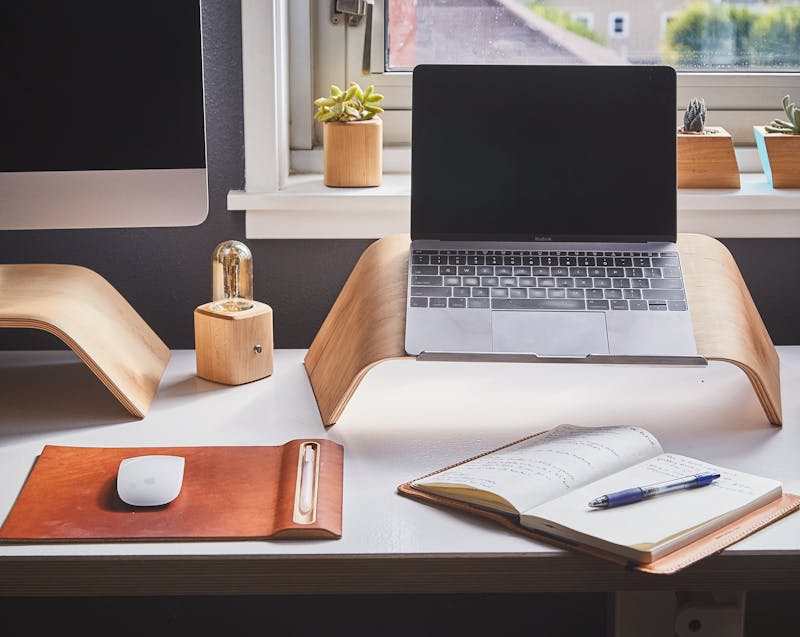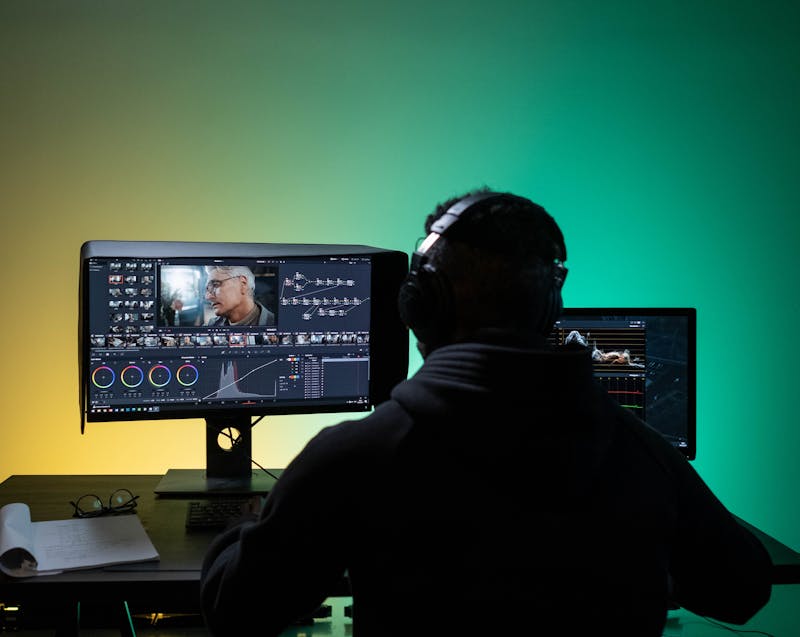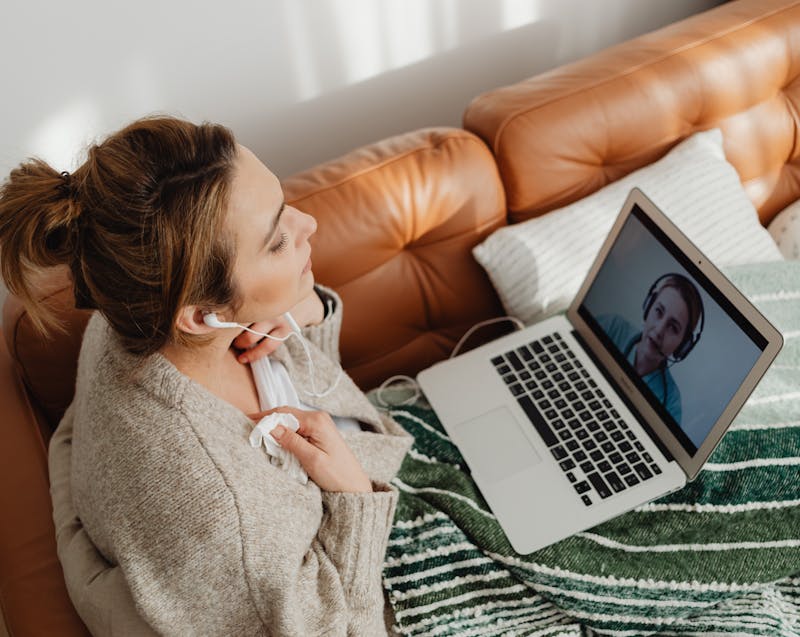How to Start Freelancing with No Experience: Proven Tips for Beginners


- You don’t need prior experience to start freelancing—transferable skills from daily life or past work can be valuable.
- Creating a simple portfolio with sample projects helps showcase your abilities to potential clients.
- Freelance platforms like Upwork and Fiverr are great places to find your first clients and build credibility.
- Starting small with low-paying gigs is a stepping stone to gaining reviews and higher-paying opportunities.
- Consistency, professionalism, and continuous learning are the keys to growing your freelancing career.
Breaking into freelancing may feel intimidating, especially when you don’t have prior experience. You might wonder how to attract clients, build credibility, and start earning when your portfolio is empty. The good news is that thousands of successful freelancers began exactly where you are today—without experience but with determination and the right strategies.
Freelancing gives you flexibility, independence, and the chance to monetize your skills, even if you’re just learning. Whether you’re a student, a career shifter, or someone looking to make extra income, you can start freelancing with the right approach.
This guide will give you ideas and actionable tips, from identifying your skills to landing your first client.
Why Start Freelancing Without Experience?
Before diving into the steps, it’s important to understand why starting freelancing with no experience is possible—and worthwhile. Unlike traditional jobs, freelancing doesn’t always require years of proven expertise. Many clients are willing to hire beginners as long as they show professionalism, a willingness to learn, and strong communication skills.
Freelancing also allows you to test different career paths. You can explore writing, design, marketing, tech, or admin services without committing to a long-term job. With persistence, you’ll gain real-world experience, build your portfolio, and slowly move up to higher-paying projects.
Identify Your Transferable Skills
Even if you think you have “no skills,” you probably already possess abilities that clients need. For example, strong writing, research, customer service, social media posting, or organizational skills can all be monetized. Take inventory of what you do well in school, work, or daily life.
Ask yourself:
- Do I enjoy writing or editing?
- Am I comfortable with digital tools like Excel, Canva, or Google Docs?
- Have I helped others with admin tasks, presentations, or content creation?
Once you list these transferable skills, research freelancing niches that match them. For instance, if you’re organized, you could try virtual assistance. If you enjoy writing, copywriting or blogging may be a good start.
Build a Simple Portfolio from Scratch
A portfolio is key to attracting clients, even if you’re a beginner. Don’t worry if you don’t have paid work yet—create sample projects to showcase your abilities. For example:
- Write blog posts on topics you’re passionate about.
- Design a mock website or graphics in free tools like Canva or Figma.
- Create a sample marketing campaign or social media plan.
Your portfolio doesn’t need to be complicated. A simple Google Drive folder, personal blog, or LinkedIn profile can act as your starting point. Over time, replace samples with real client work.
Choose the Right Freelance Platforms
When starting out, the easiest way to find clients is through freelancing platforms. These platforms can connect you with clients worldwide. Create a professional profile that highlights your skills, sample work, and willingness to deliver quality results.
Tips for getting noticed on platforms:
- Write tailored proposals for each job instead of copy-pasting.
- Start with small, low-paying gigs to build reviews.
- Communicate clearly and deliver projects on time.
These initial steps may not pay much, but they’ll give you credibility and testimonials that open doors to better opportunities.
How to Start Freelancing with No Experience: Step-by-Step
The process of starting freelancing from scratch becomes manageable when you break it down into smaller steps. Here’s a proven path to follow:
- Pick a niche – Focus on one or two services to avoid spreading yourself too thin.
- Create your portfolio – Add 2–3 strong samples that demonstrate your abilities.
- Join platforms – Sign up on freelancing sites and optimize your profile.
- Send proposals daily – The more applications you send, the higher your chances of landing a project.
- Start small – Take on short, simple tasks to gain confidence and reviews.
- Ask for testimonials – A happy client’s review is more valuable than your own self-promotion.
- Keep learning – Use free resources like YouTube tutorials and online courses to upgrade your skills.
Following this roadmap consistently will set the foundation for long-term freelancing success.
Apply Smart Freelancing Tips to Grow Faster
Getting started is just the beginning. To grow in freelancing, you need to adopt strategies that build trust and position you as a reliable professional. Here are some effective freelancing tips:
- Communicate professionally – Respond quickly and clearly to client inquiries.
- Meet deadlines – Reliability sets you apart from less disciplined beginners.
- Learn continuously – Stay updated with new tools and industry trends.
- Network with other freelancers – Join online communities for advice and collaboration.
- Raise your rates gradually – Once you’ve gained confidence and good reviews, increase your pricing to reflect your value.
These small but consistent actions will help you transition from “beginner” to “trusted freelancer.”
Overcoming Common Challenges as a Beginner
Freelancing without experience isn’t always smooth. Beginners often face rejection, low pay, or slow client responses. The key is persistence. Many freelancers had to apply to dozens of jobs before landing their first gig. Treat every setback as part of the learning process.
Stay motivated by setting small goals, such as completing your first paid project, getting your first positive review, or making your first $100 online. Each milestone will build your confidence and momentum.
Final Thoughts
Starting freelancing with no experience may feel daunting, but it’s absolutely achievable. By identifying your skills, creating sample work, joining freelance platforms, and applying smart freelancing tips, you can build credibility and land clients—even as a beginner. What matters most is consistency, professionalism, and a willingness to learn.
If you stay committed, freelancing can evolve from a side hustle into a sustainable career that gives you flexibility and financial independence. The first step is simply getting started.

